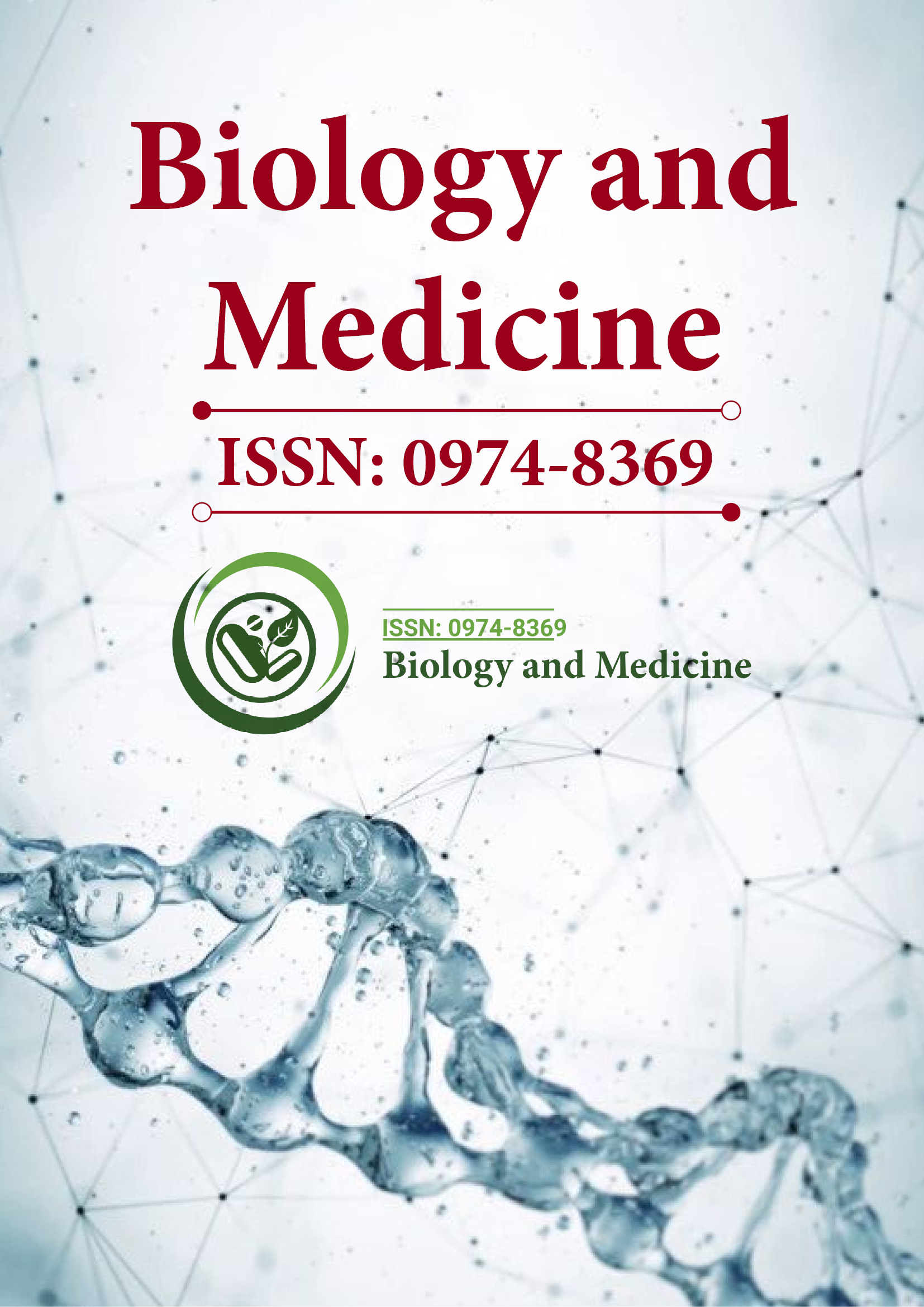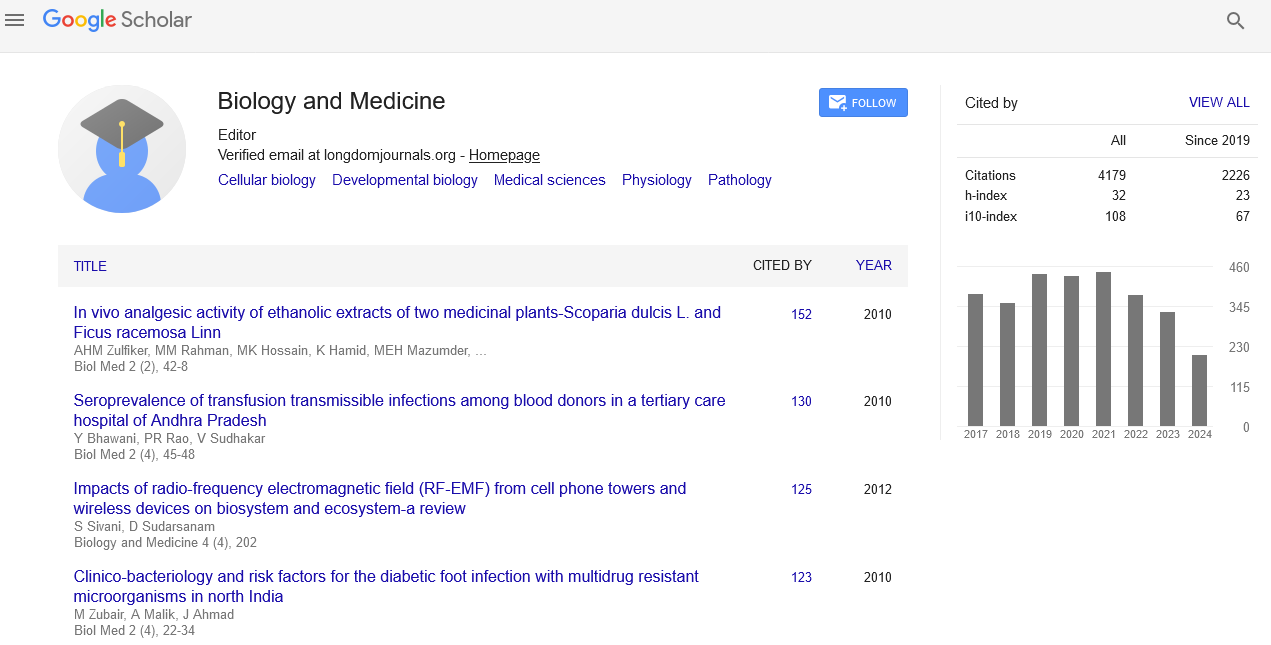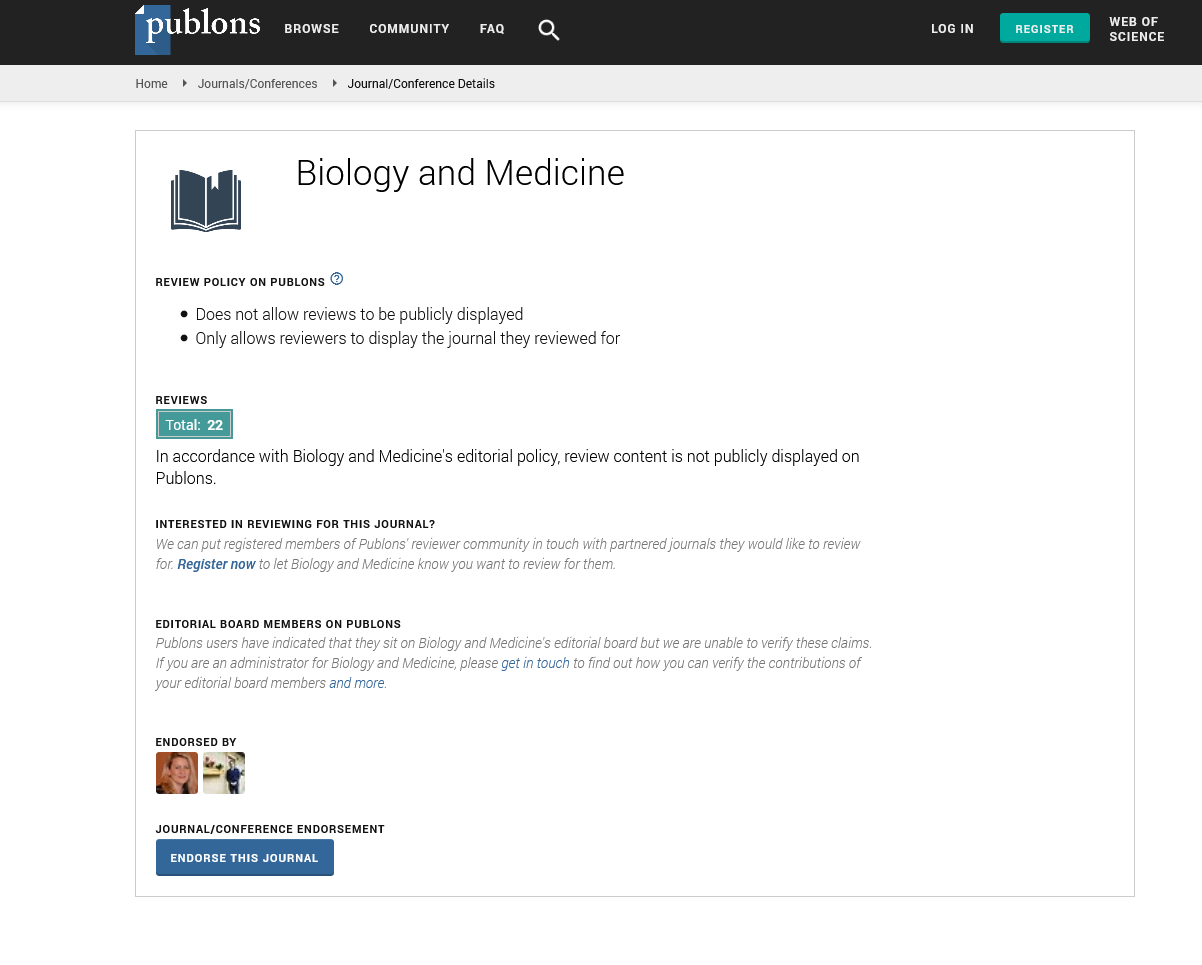Indexed In
- Open J Gate
- Genamics JournalSeek
- CiteFactor
- Cosmos IF
- Scimago
- Ulrich's Periodicals Directory
- Electronic Journals Library
- RefSeek
- Hamdard University
- EBSCO A-Z
- Directory of Abstract Indexing for Journals
- OCLC- WorldCat
- Proquest Summons
- Scholarsteer
- ROAD
- Virtual Library of Biology (vifabio)
- Publons
- Geneva Foundation for Medical Education and Research
- Google Scholar
Useful Links
Share This Page
Journal Flyer

Open Access Journals
- Agri and Aquaculture
- Biochemistry
- Bioinformatics & Systems Biology
- Business & Management
- Chemistry
- Clinical Sciences
- Engineering
- Food & Nutrition
- General Science
- Genetics & Molecular Biology
- Immunology & Microbiology
- Medical Sciences
- Neuroscience & Psychology
- Nursing & Health Care
- Pharmaceutical Sciences
Perspective - (2022) Volume 14, Issue 5
Mechanisms of Speciation and Macro Evolution
Jie Li*Received: 26-Apr-2022, Manuscript No. BLM-22-16767; Editor assigned: 29-Apr-2022, Pre QC No. BLM-22-16767(PQ); Reviewed: 13-May-2022, QC No. BLM-22-16767; Revised: 20-May-2022, Manuscript No. BLM-22-16767(R); Published: 27-May-2022, DOI: 10.35248/0974-8369.22.14.489
Description
According to the theory of natural selection, speciation creates new species by genetically modifying existing species so that the resulting organisms can no longer mate well and produce fertile offspring. As a result, the most modern definition of a species involves the restoration of the genetic understanding of the ancestral parent to the biological concept of the species. It states that the species is a population that can mate in nature and produce fertile offspring. The new species has three major mechanisms that explain its emergence, each with reproductive isolation.
These mechanisms include mutations, migration, genetic drift, and natural selection. Theories suggest that the effects of these processes can accumulate over time, sometimes leading to population divergence and the birth of new species. Macroevolution is caused by adaptive radiation or evolutionary divergence. During the great evolution, ecologically isolated populations or strains enter new adaptation zones to occupy different habitats and are affected by adaptive tendencies that evolve into new adaptation types. There are four main variations of speciation: Ectopic, perinatal, parapatrick, and ectopic. Speciation means how new species of plants or animal species are created. Speciation occurs when a group within a species separates from other members of the species and develops its own traits. Speciation is the fact that two isolated populations of the same species give rise to two different species. Microevolution means how the populations differ from each other. Speciation can be seen as a link between microevolution and macroevolution.
Speciation is the process by which one or more species originate from a common ancestor and "macroevolution" refers to patterns and processes above the species level, or transitions to higher taxa. Changes that lead to new species are part of a major evolution. In many cases, micro-evolution can lead to macroevolution as the changes become more pronounced and two different species emerge. Both are caused by mutations, genetic drift, gene flow, or natural selection. With the development of the concept of species the focus of speciation research has changed. In 1937, Theodosius Dobzhansky defined speciation as the evolution of “isolating mechanisms” traits that reduce gene flow between populations. Subsequently, Ernst Mayr defined species as “groups of potentially interbreeding natural populations, which are reproductively isolated from other such groups.” Reproductive isolation doesn`t just mean hybrid sterility and in viability, it includes any genetically based difference that acts as a barrier to the transfer of genes between populations. The mechanical, chemical, behavioural, and ecological traits that reduce interbreeding all contribute to reproductive isolation. Reproductive isolation also includes traits that inhibit fertilization after mating and any evolved behavioural, ecological, and genetic factor causing hybrids to be relatively unsuccessful. In the hierarchy of categories that we use to classify life`s diversity, the evolution of reproductive isolation is a feature unique to the species category. No equivalent process takes place during the evolution of a new genus or a new family. Speciation therefore has special significance in the evolution of diversity.
Structural restrictions are so pronounced in certain flowering plants that the actual plant structure, usually flowers, is designed so that only certain native pollen maters have access to pollen. A good example is the long tubular shape of a particular flower, preferred by pollen maters with long beaks. This interrelationship ensures that pollen reduces the competition for their flowers and that certain pollen maters carry pollen to similar flowers and increase their chances of fertilization. This efficiency eliminates wasted pollen, prevents interspecific reproduction, and further isolates plants. At a more visual level, large dogs may be reproductively attracted to much smaller dogs, but it turns out that structural alignment creates a barrier. Allopatric speciation is the opposite of ectopic speciation in that organisms, primarily plants, often produce new species without the necessary geographic isolation. Orthotopic speciation is the only important cause of plant evolution, as the seed dispersal mechanism of plants often interferes with reproductive isolation. Mutations usually occur that prevent the offspring from mating successfully with their partners, but still allow viable reproduction with other individuals that inherit the same mutation. The most common mechanism is chromosomal mutations, which occur due to meiotic failure during gametogenesis, where chromosomes instead divide mitotically. When this happens, the replicated chromosomes do not separate and move to different gametes. Instead, they remain replicated in the same gamete, creating a gene overload in a particular gamete, which becomes diploid and deficient in other gametes. It is then possible for diploid gametes to fuse with other diploid gametes to produce polyploidy individuals containing chromosomes that exceed the normal diploid number.
Citation: Li J (2022) Mechanisms of Speciation and Macro Evolution. Biol Med. 14:489.
Copyright: © 2022 Li J. This is an open-access article distributed under the terms of the Creative Commons Attribution License, which permits unrestricted use, distribution, and reproduction in any medium, provided the original author and source are credited.


